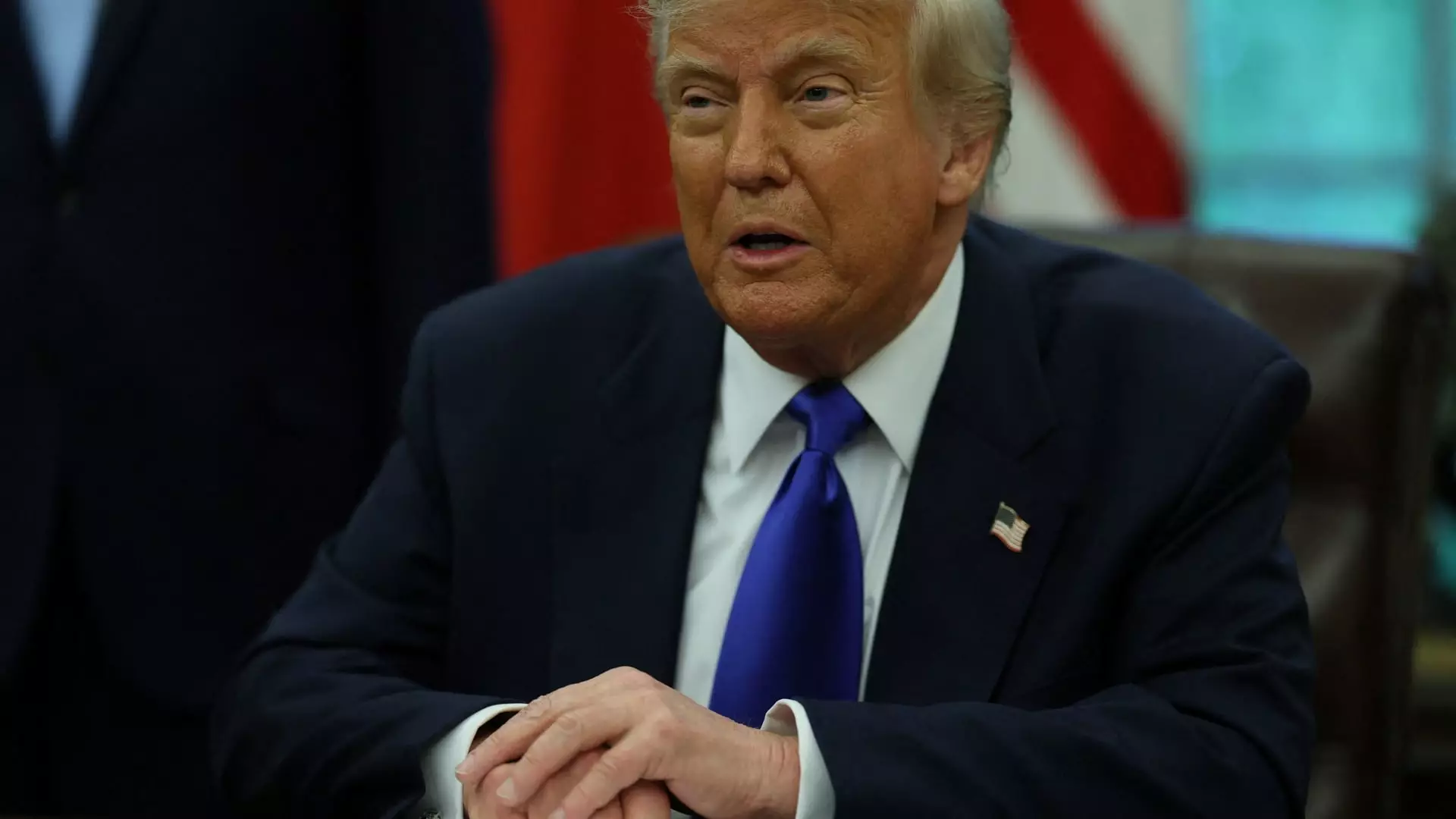On a seemingly ordinary Monday, President Donald Trump made waves in the pharmaceutical industry by signing an executive order aimed at incentivizing drug manufacturing within the United States. The initiative promises to streamline processes for pharmaceutical companies looking to establish production facilities on American soil, a move that is both audacious and fraught with potential pitfalls. Trump’s order empowers the Food and Drug Administration (FDA) to inspect these new manufacturing sites more aggressively. But while this sounds like a powerhouse strategy, one must wonder if it is merely a reactionary measure in the face of growing domestic and international pressures.
The Inspections Dilemma: Inequity in Scrutiny
FDA Commissioner Marty Makary’s remarks on the previous “crazy system” highlight a glaring inequality prevailing in the inspections of domestic versus foreign manufacturing sites. Under the new order, surprise inspections will target foreign facilities, ostensibly tightening oversight where it has languished. However, one must question whether this is a genuine commitment to improving drug safety or simply a calculated political maneuver. The stark contrast in accountability raises concerns about potential backlash from foreign partners, jeopardizing the already delicate landscape of international pharmaceutical trade. If domestic manufacturers are expected to bear a greater burden of scrutiny while foreign competitors enjoy leniency, how does this not put U.S. companies at a competitive disadvantage?
Pharmaceutical Tariffs: Myth or Reality?
Compounding the situation is the looming threat of tariffs on imported pharmaceuticals, which Trump has announced will be coming soon. The intention is clear: reduce dependency on foreign suppliers and bolster the U.S. pharmaceutical industry. This effort has already sparked interest among major drug companies, with players like Eli Lilly and Johnson & Johnson gearing up for domestic investments. Nonetheless, the tariff discussion is fraught with complications. As Pfizer’s CEO Albert Bourla noted, these tariffs may inadvertently curtail investments in research and development—an area where the U.S. has historically excelled. The paradox lies in the fact that while tariffs could stimulate some manufacturing, they may also stifle innovation, leading to a net loss for the industry.
The Dangers of Reshoring: Cost vs. Security
The notion of reshoring pharmaceutical manufacturing raises important questions around national security and economic viability. While proponents argue that bringing production back home could bolster the resilience of the drug supply chain, the reality is more nuanced. High domestic production costs can lead to higher drug prices, exacerbating affordability issues for consumers. GlobalData has pointed out these risks, warning that the drive to increase domestic production may backfire if prices soar, making essential medications less accessible to the general public. How can we protect American jobs while simultaneously ensuring that pharmaceuticals remain affordable for all?
A Cautious Path Forward
Ultimately, the path laid out by this executive order is laden with uncertainty. While it may facilitate some degree of revitalization in U.S. pharmaceutical manufacturing, the implications of stricter inspections, tariffs, and rising production costs are multifaceted and complex. It is imperative to navigate this landscape cautiously, balancing national interests with the broader need for affordable healthcare solutions. The stakes are high, and the responsibility lies not just with the administration but also with the pharmaceutical industry to advocate for sustainable practices that prioritize both innovation and accessibility.

